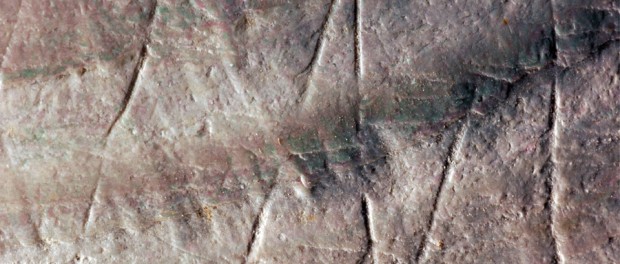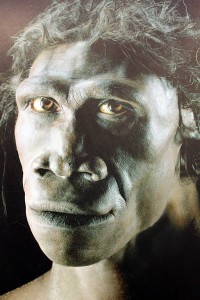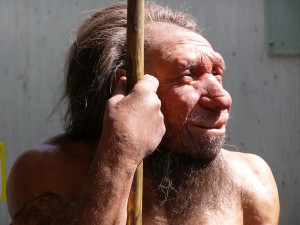Engravings rewrite human history
 A shell found on Java in the late 1800s was recently found to bear markings that seem to have been carved intentionally half a million years ago. The photograph is about 15 millimetres wide. Credit: Wim Lustenhouwer/VU University Amsterdam.
A shell found on Java in the late 1800s was recently found to bear markings that seem to have been carved intentionally half a million years ago. The photograph is about 15 millimetres wide. Credit: Wim Lustenhouwer/VU University Amsterdam.
Scientists have found engravings on a 400,000 year-old fossilised shell from Java. It is the oldest known example of ancient humans deliberately creating pattern.
Before these zigzag markings were found, the oldest known engravings were from 100,000 years ago. Those are thought to have been made by modern humans, or maybe Neanderthals. (Neanderthals are an extinct close relatives of modern man. They died out about 40,000 years ago.)
These newly found engravings are too old to have been made by modern humans or Neanderthals. That means they were made by an earlier human species, also extinct, known as Homo erectus.
“[This] will change the way we think about this early human species,” Dr Stephen Munro of the Australian National University said.







Leave a comment